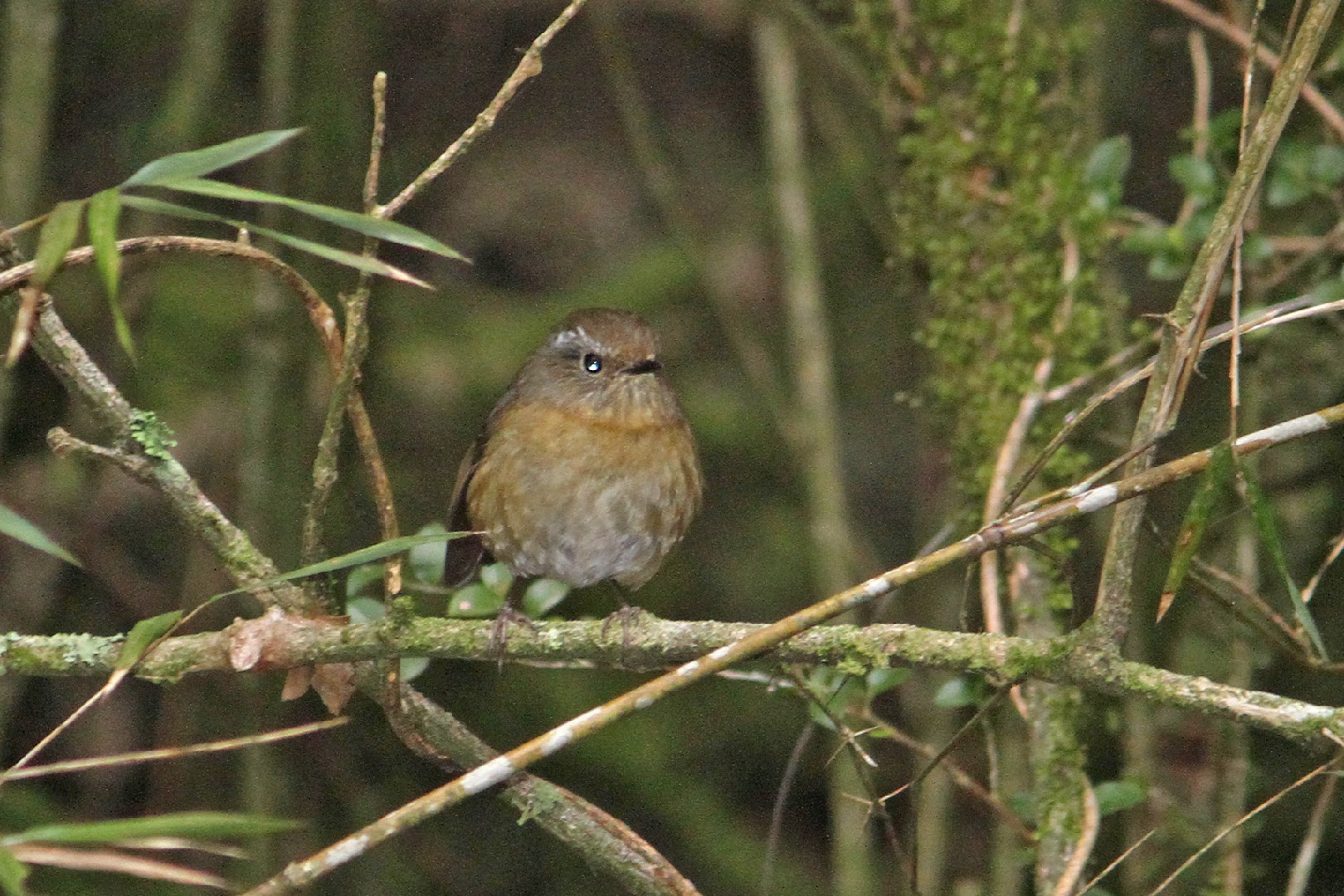Collared Bush Robin
A species of Bush-robins Scientific name : Tarsiger johnstoniae Genus : Bush-robins
Collared Bush Robin, A species of Bush-robins
Botanical name: Tarsiger johnstoniae
Genus: Bush-robins
Content
Description General Info
 Photo By Charley Hesse TROPICAL BIRDING
Photo By Charley Hesse TROPICAL BIRDING Description
The collared bush robin is about 12 cm (4.7 in) long. The male and female are different. The male has a slate-black head with a white supercilium. The rufous upper breast, mantle and scapulars form a collar. The back is sooty-black, the wings are black and brownish-black, and the tail is black. The lower breast is buffish-yellow, and the belly varies from grey-white to buffish-olive. The beak and legs are black. The female has a less distinct supercilium. The upperparts are mostly dull olive-brown, and the wings and tail are dark brown. The underparts are variable. The throat and breast are warm brown, but the throat is sometimes blackish, and the breast can be pale yellow or yellowish-olive. The juvenile bird can be distinguished from the female by its pale buff streaks and spots. 
Size
12 cm
Nest Placement
Tree
Feeding Habits
Collared Bush Robin primarily consumes insects like ants, moths, and small beetles, as well as spiders and worms. While feeding nestlings, 98% of the diet consists of animal prey and 2% berries. Collared Bush Robin typically forages in lower shrubs and on the ground, favoring shaded areas.
Habitat
The collared Bush Robin typically inhabits mixed evergreen broadleaf forests. This bird is found in regions with dense tree coverage, providing ample foliage for foraging and nesting. Broad geographical regions rather than specific locales are home to this species, favoring mature, undisturbed woodlands that offer a rich supply of insect prey.
Dite type
Insectivorous
General Info
Feeding Habits
Bird food type
Behavior
The collared bush robin is often seen in pairs and also singly. It catches insects by striking from perches, and it also forages for invertebrates on the ground and in low plants. Its calls include tuc notes with pi notes in between, a low grruit, and a combination of piping and grating notes. It sings from a perch, giving a series of phrases each consisting of two or three high-pitched, sibilant notes. Breeding occurs from March to August, and there are two broods per year. A territory is defended by the male and female. The female builds a cup nest made of plants and lays two to three eggs. The collared bush robin sometimes hybridises with subspecies formosanus of the white-browed bush robin. 
Distribution Area
Endemic to Taiwan, this robin's habitat is montane and subalpine forests, usually at elevations of 2,000–2,800 m (6,600–9,200 ft) and sometimes above the tree line. It descends to lower elevations in winter. It lives in undergrowth of coniferous forests with shrubs and bamboo. It can also be seen in parks and along roads. 
Species Status
Suspected to have a stable population, this species has been assessed by the IUCN as being of least concern. 

 Photo By Charley Hesse TROPICAL BIRDING
Photo By Charley Hesse TROPICAL BIRDING Scientific Classification
Phylum
Chordates Class
Birds Order
Perching birds Family
Old world flycatchers Genus
Bush-robins Species
Collared Bush Robin